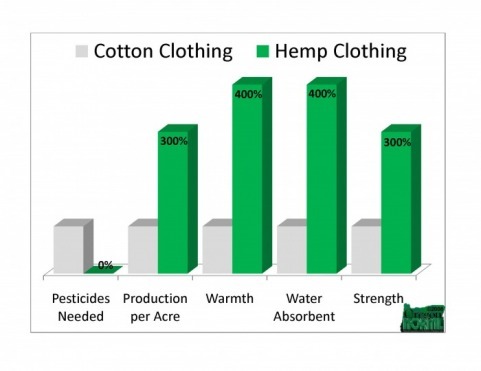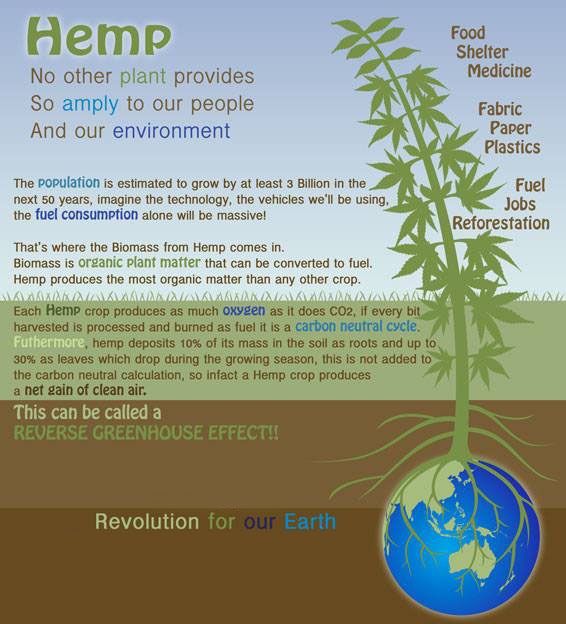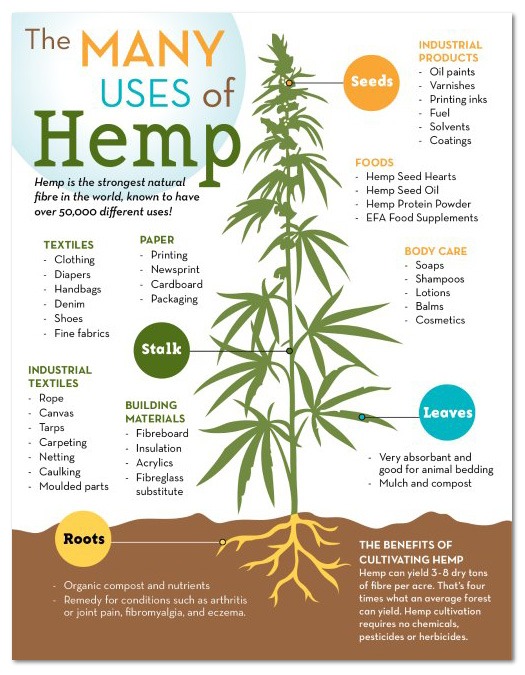Introducing Hemp
Hemp, also known as Cannabis sativa, has supported human life for thousands of years across every continent. People have valued its fibre for strength and durability since ancient times. Archaeologists have even discovered hemp fabrics in Egyptian tombs dating back to 8000 B.C.E.
During his exploration of Australia’s east coast, Captain Cook sailed ships equipped with hemp ropes and sails. In colonial Australia, farmers across New South Wales and Victoria grew hemp extensively.

Hemp’s Early Industrial Uses
For centuries, industries relied on hemp as a durable fibre. Sailors used it to make ropes, sacks, sailcloth, and canvas. The fibre’s rough texture made it ideal for these heavy-duty products but unsuitable for clothing or home textiles.
Early softening techniques used acid to break down lignin—a glue-like substance found in plant fibres. While this method worked well with cotton and flax, it weakened hemp fibres. As a result, industries limited hemp use to coarse, industrial applications.
A Breakthrough in Textile Processing
In the mid-1980s, researchers changed hemp’s future. They developed a chemical method that removed lignin without weakening the fibre. For the first time, producers could spin pure hemp fibre into yarn suitable for textiles.
This breakthrough opened the door for hemp in fashion and apparel. Designers began using it to create fabrics that are not only strong but also soft and stylish. Given hemp’s superiority to other fibre, the benefits of this breakthrough are enormous.

Why Hemp Fibre Stands Out
Hemp is one of the strongest and most durable natural fibres available. Clothes and products made from hemp last much longer than those made from cotton or polyester. The fibre holds its shape and stretches less than other natural materials, so garments stay fitted and fresh.
Surprisingly, hemp also becomes softer with each wash. It doesn’t wear out—instead, it wears in. It also resists mould and UV damage naturally. The porous nature of hemp makes it breathable in hot weather and helps it absorb dye more effectively than cotton. This means colours stay vibrant longer.

Hemp’s Environmental Benefits
Hemp is not just durable—it’s also sustainable. It grows rapidly and yields more fibre per acre than other crops.
-
High Yield: Hemp produces 250% more fibre than cotton and 600% more than flax.
-
Soil Enrichment: Hemp drops nutrient-rich leaves during the growing season, feeding the topsoil and helping it retain moisture.
-
Strong Roots: Its roots grow deep, helping prevent erosion and improving soil structure.
-
Minimal Inputs: Hemp requires little water, no pesticides, and doesn’t deplete the soil.
Ideal growing regions include Tasmania, the NSW Hunter Valley, and Northern NSW, where the climate supports healthy growth.
Hemp in Today’s World
Modern hemp textiles combine comfort, performance, and sustainability. They feel soft and warm like natural fabrics but offer far greater strength. Designers now use hemp in clothing, accessories, furniture, shoes, and home décor.
Blending hemp with other fibres creates unique materials. Cotton-hemp blends combine breathability with extra durability. Silk-hemp blends produce fabrics with natural shine and strength.
With so many uses and a low environmental impact, hemp textiles are shaping the future of fashion and sustainable design.
Learn More About Hemp
Want to dive deeper into the world of hemp? Check out our other articles:
-
The Benefits of Hemp – Discover the health, environmental, and practical advantages of hemp.
-
The Sustainability of Hemp – Explore why hemp is one of the most eco-friendly crops on the planet.
-
Hemp Fabric: How It’s Made – Learn how raw hemp is transformed into soft, durable fabric for modern textiles.
Explore the potential of hemp and why it’s shaping the future of sustainable living.
